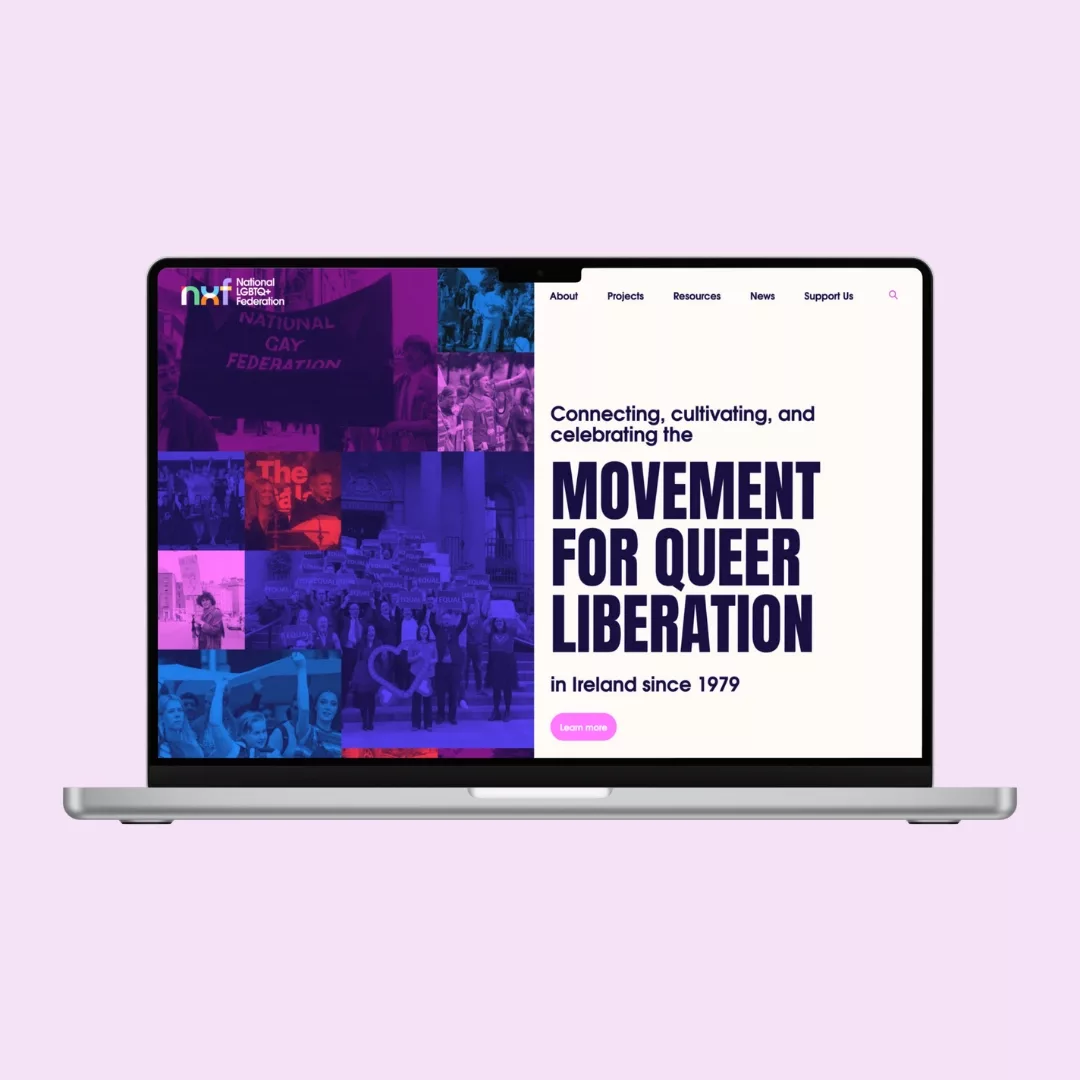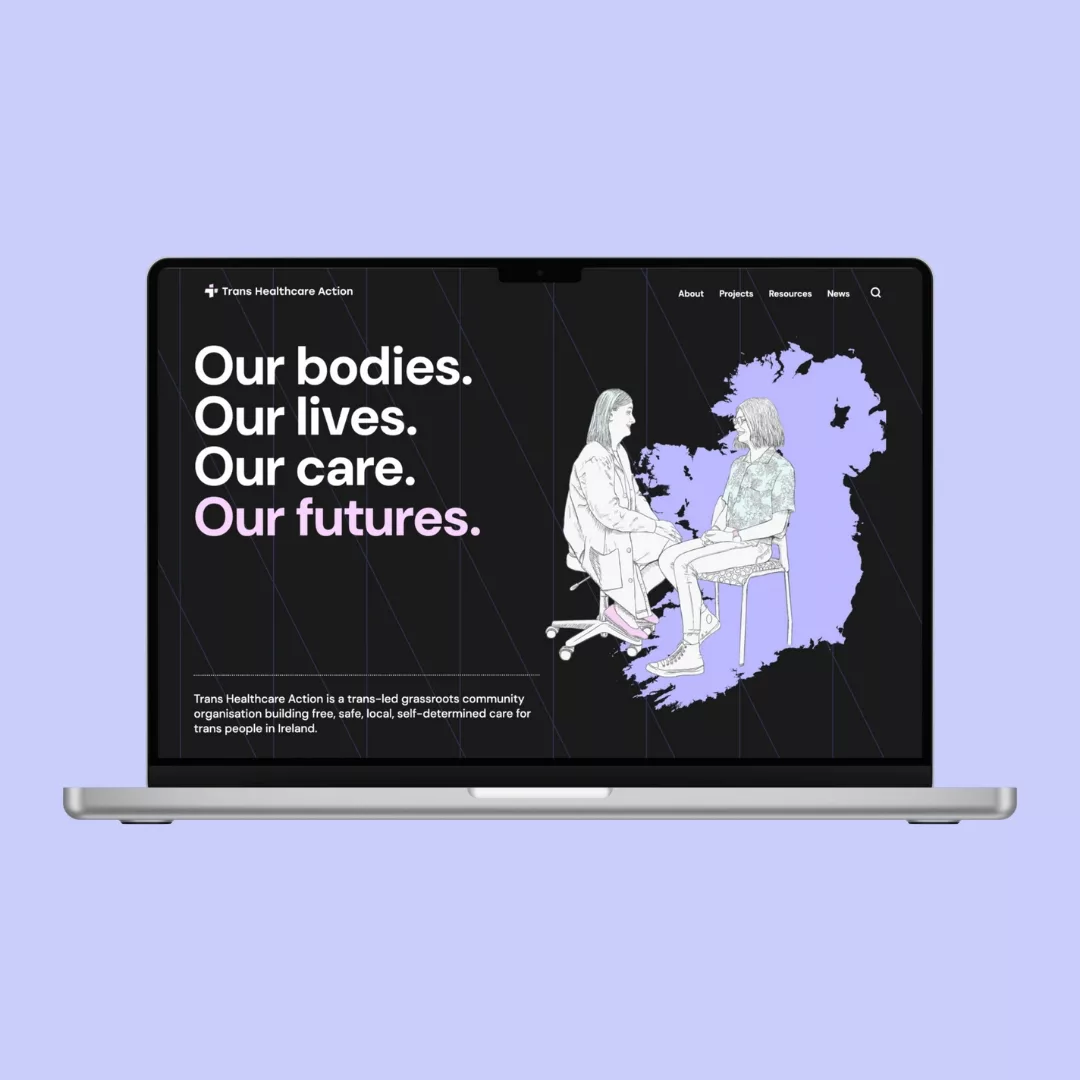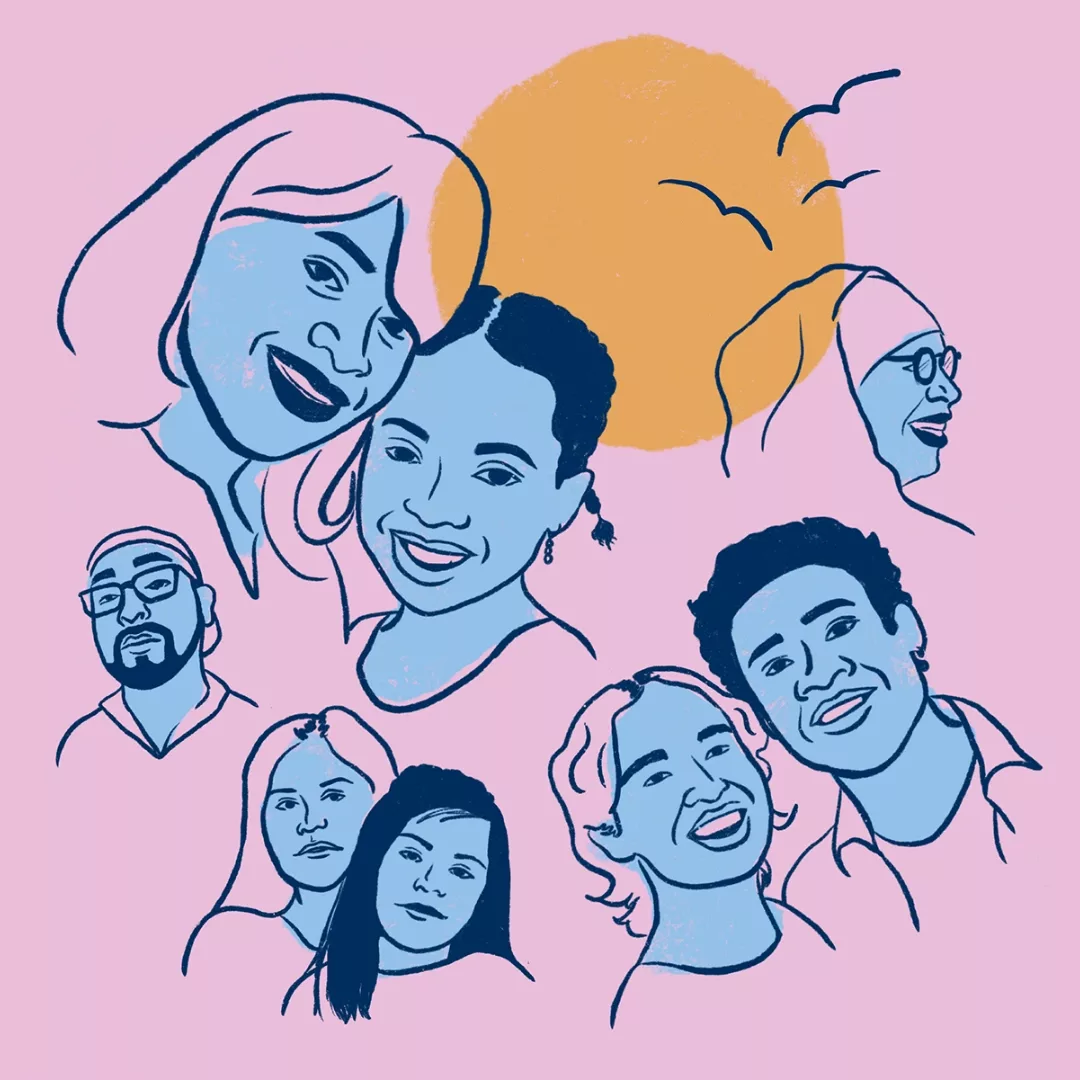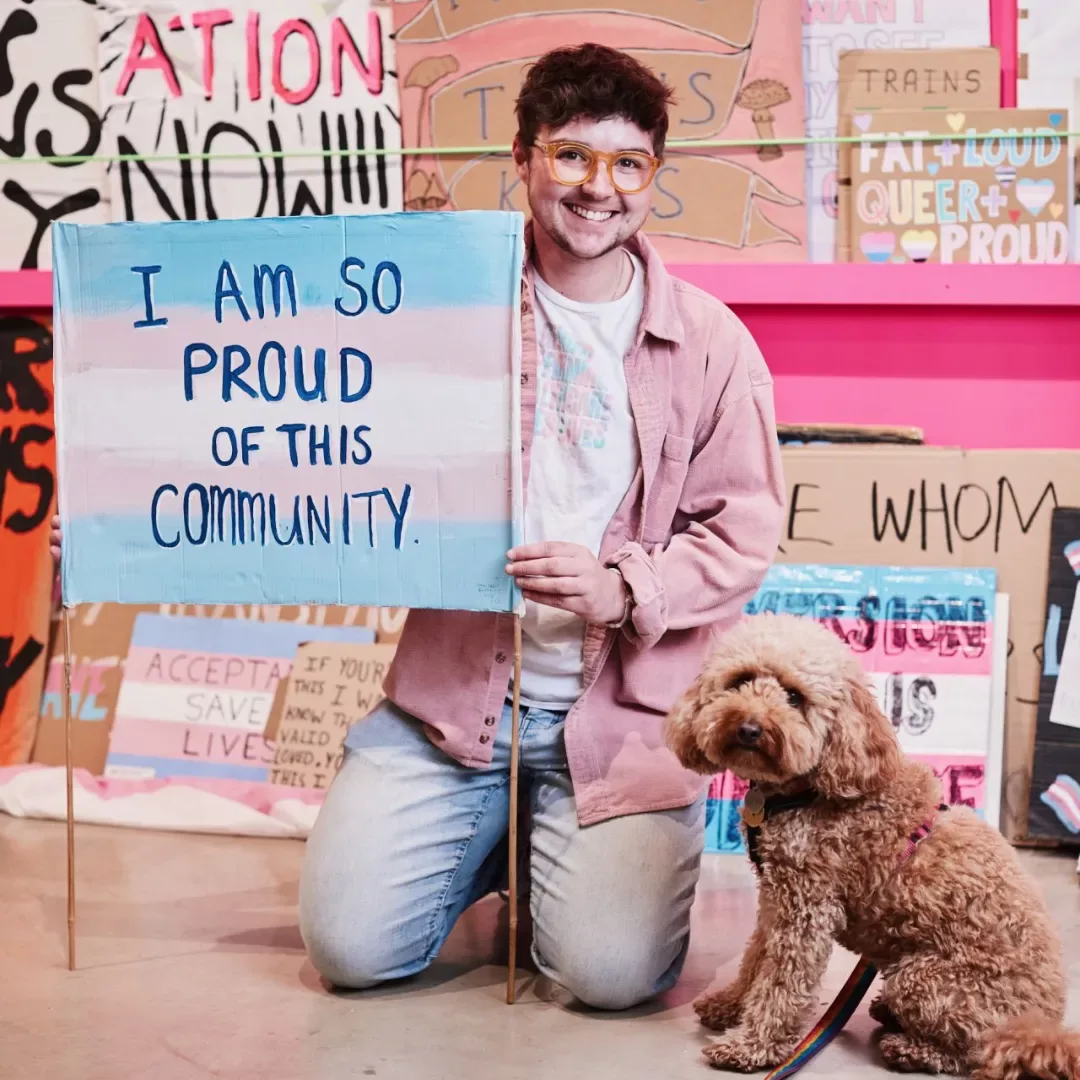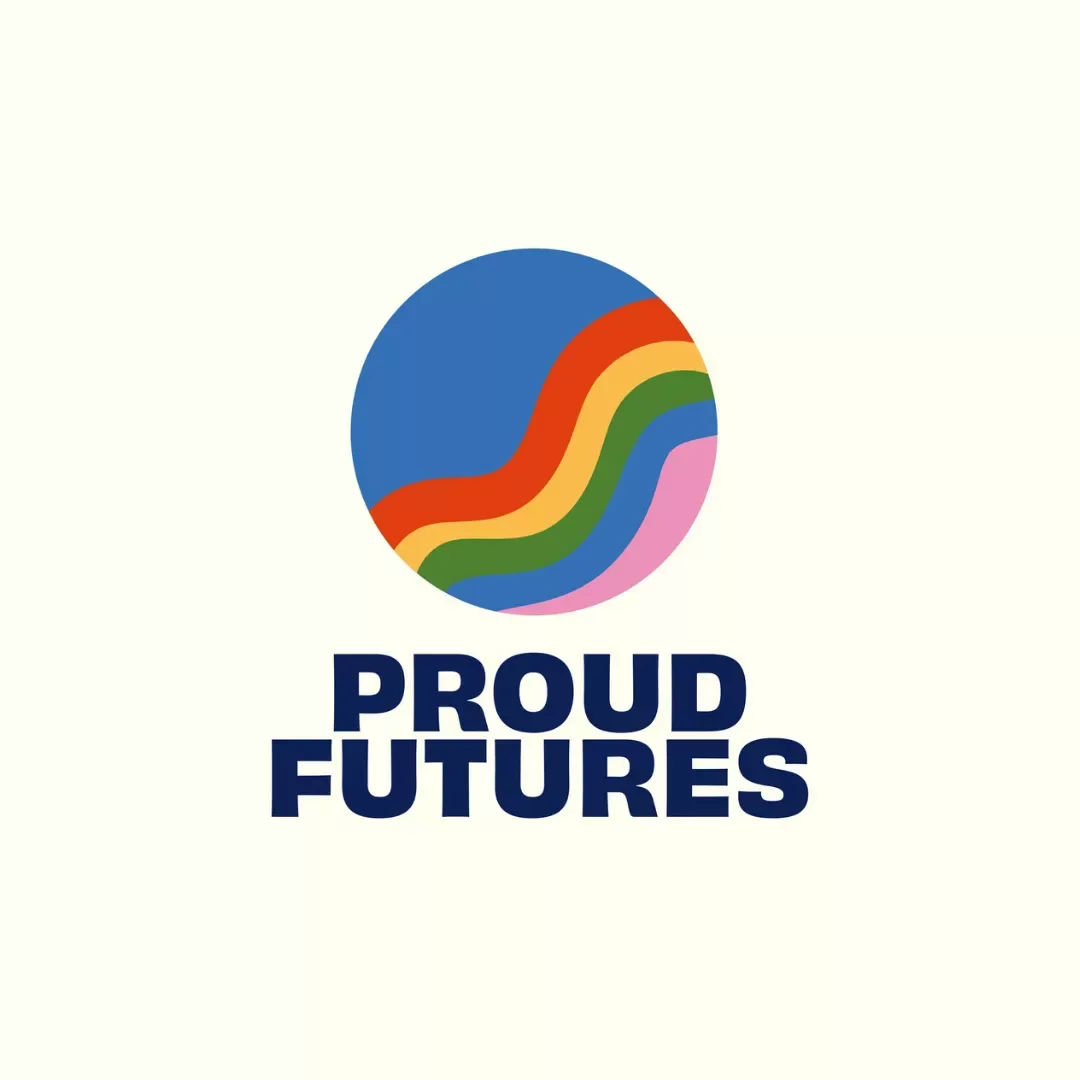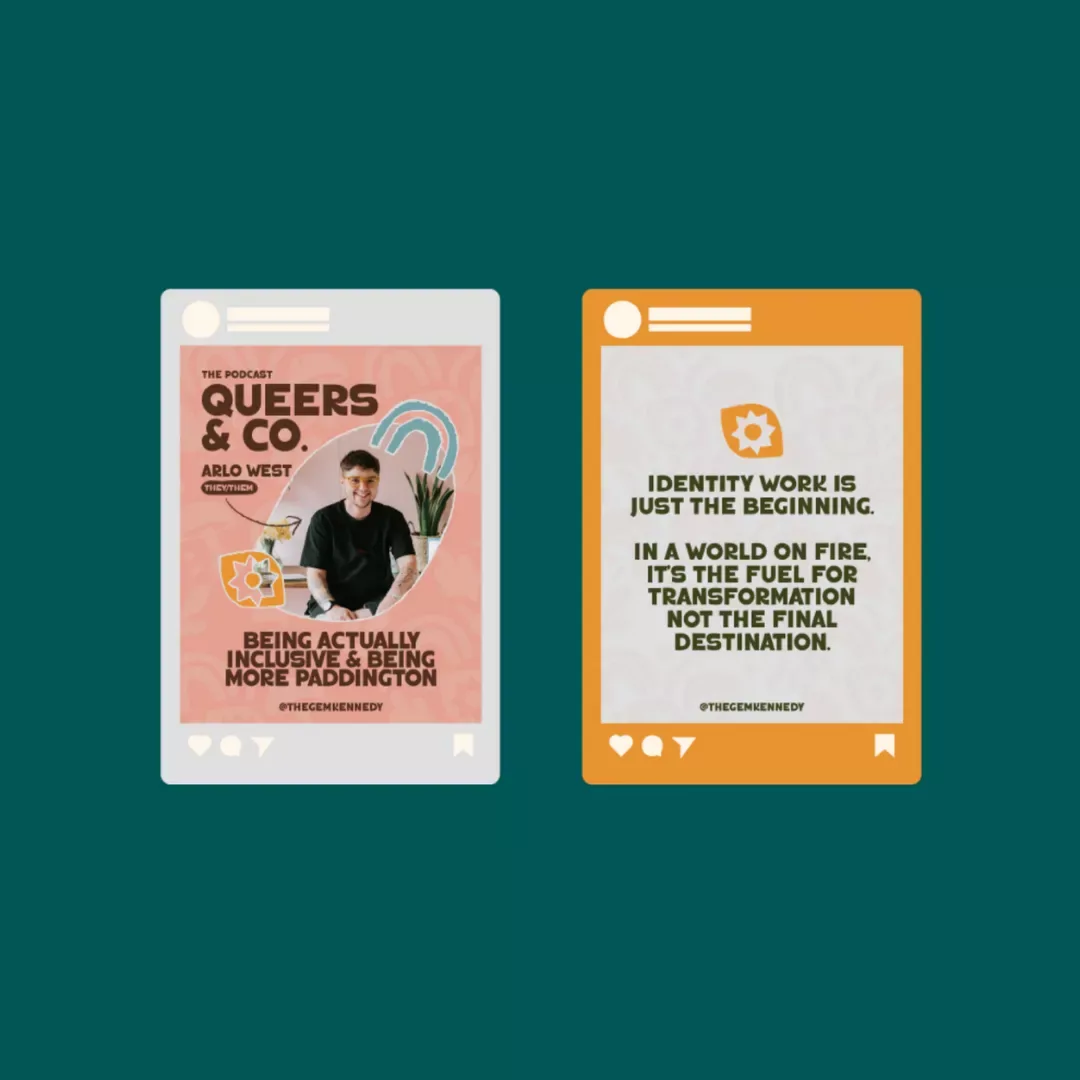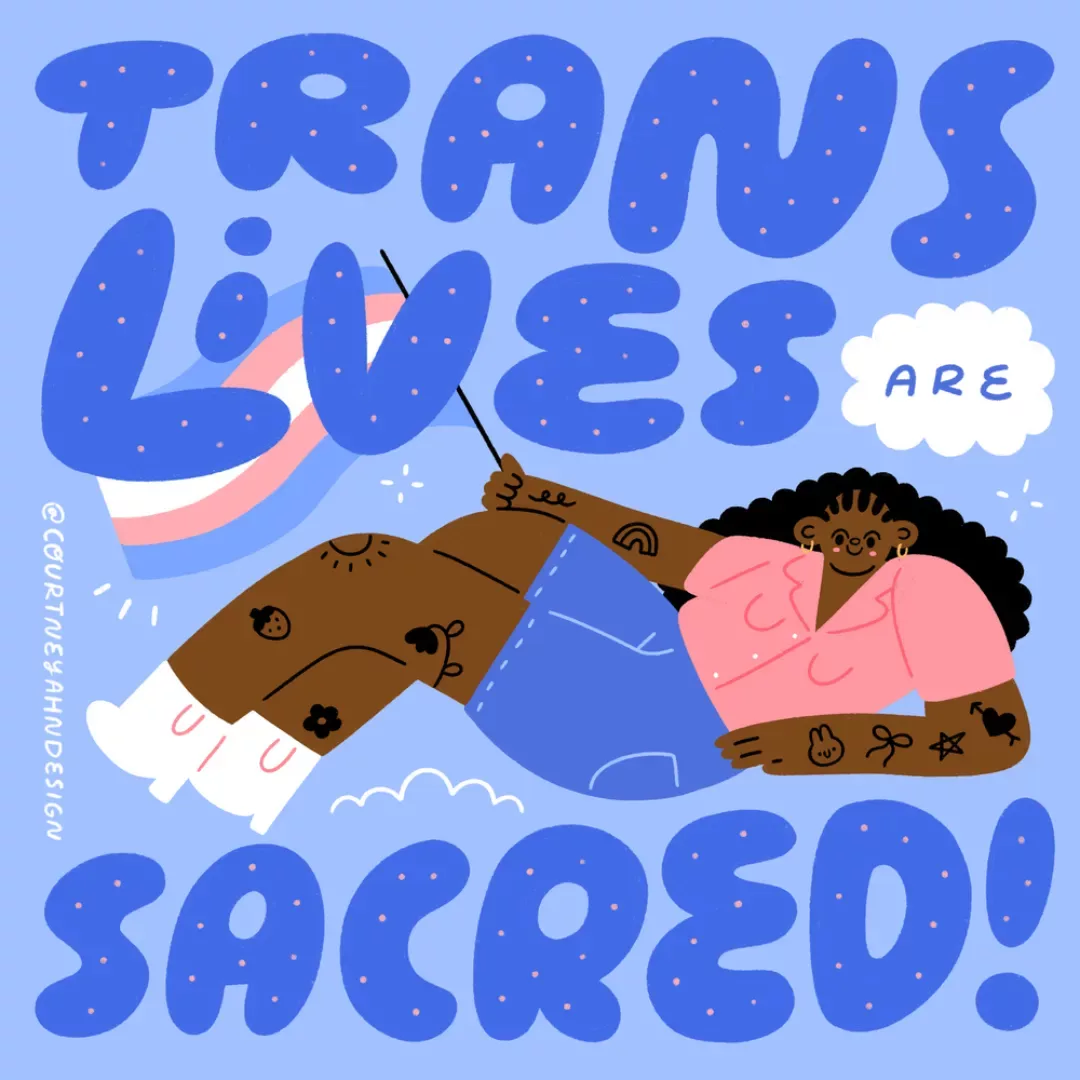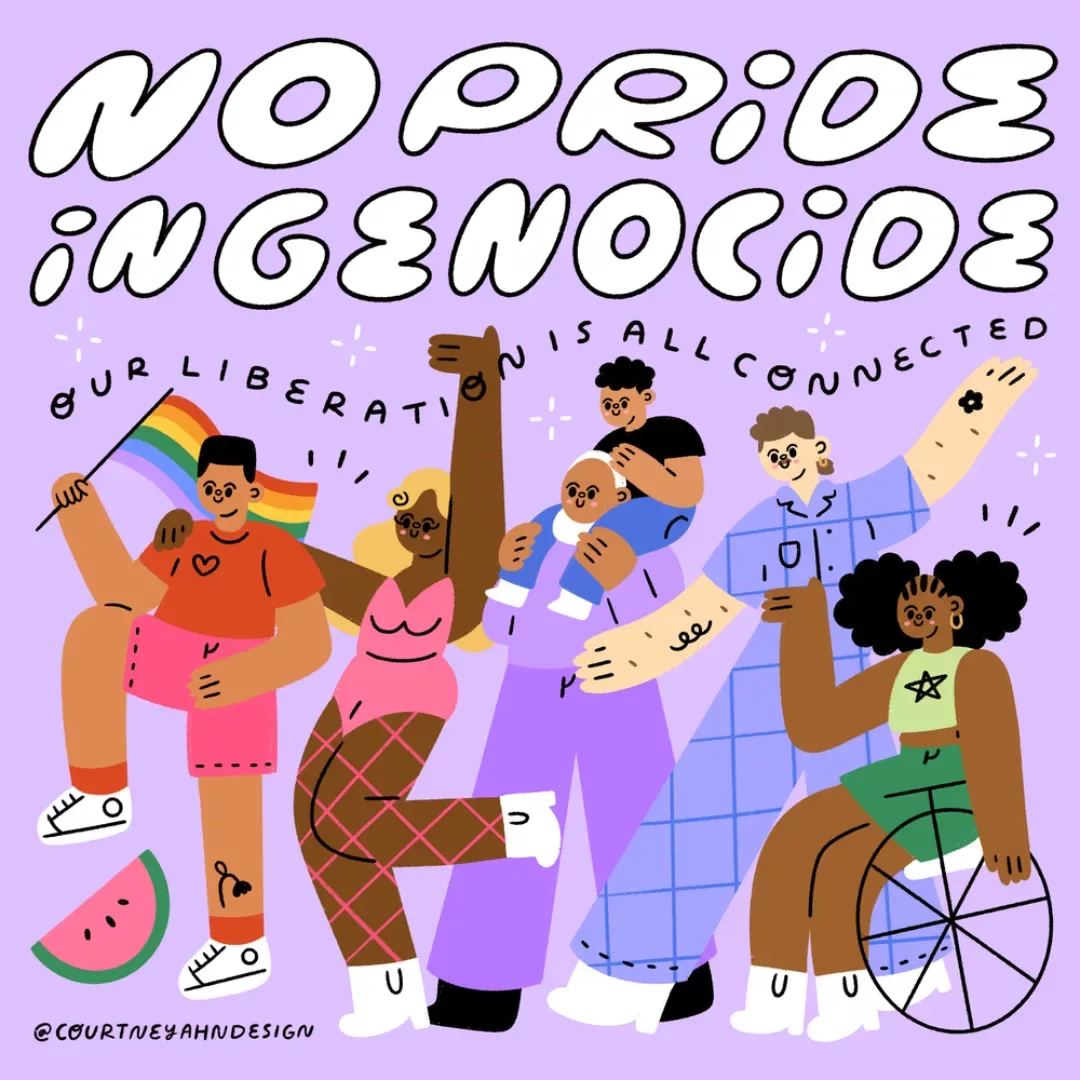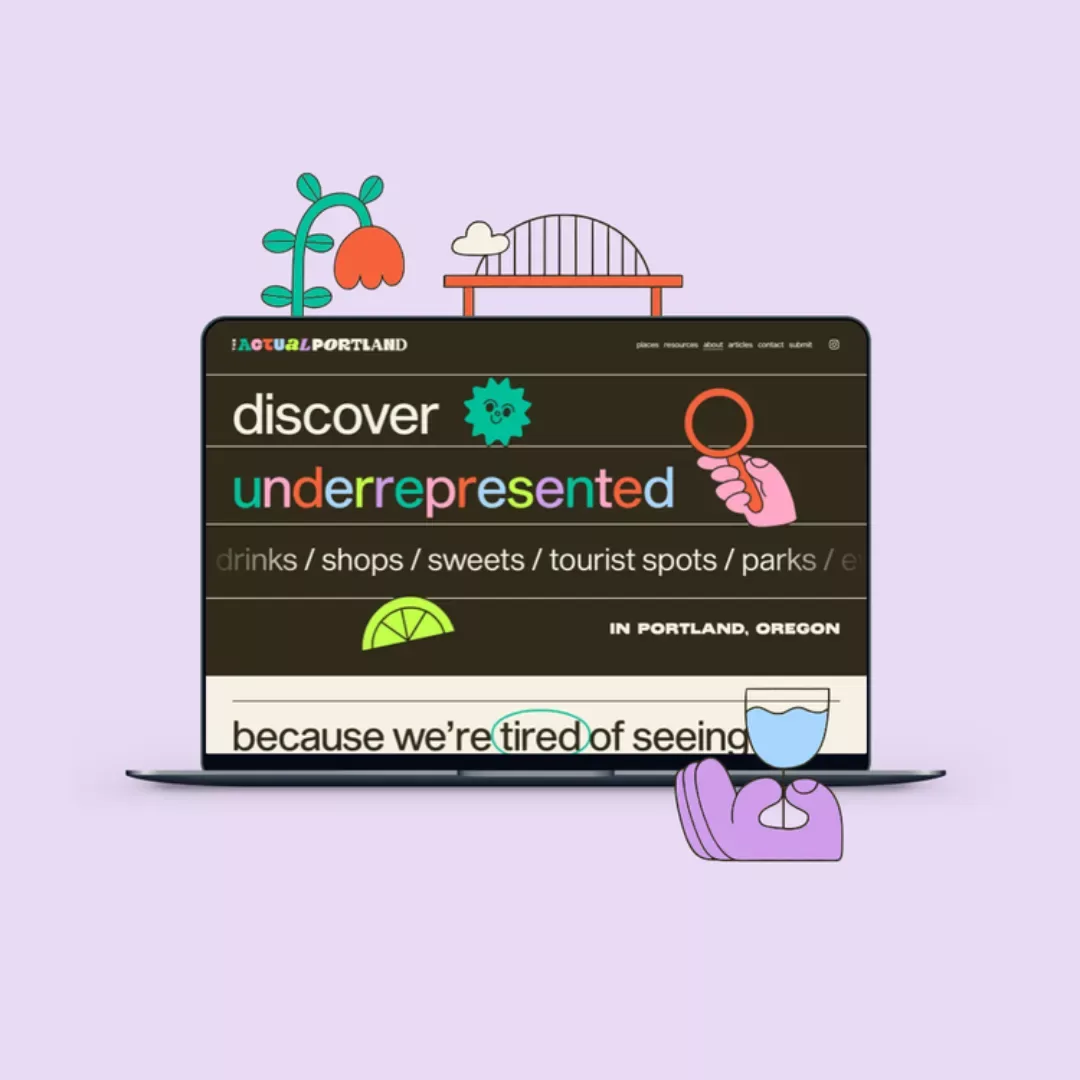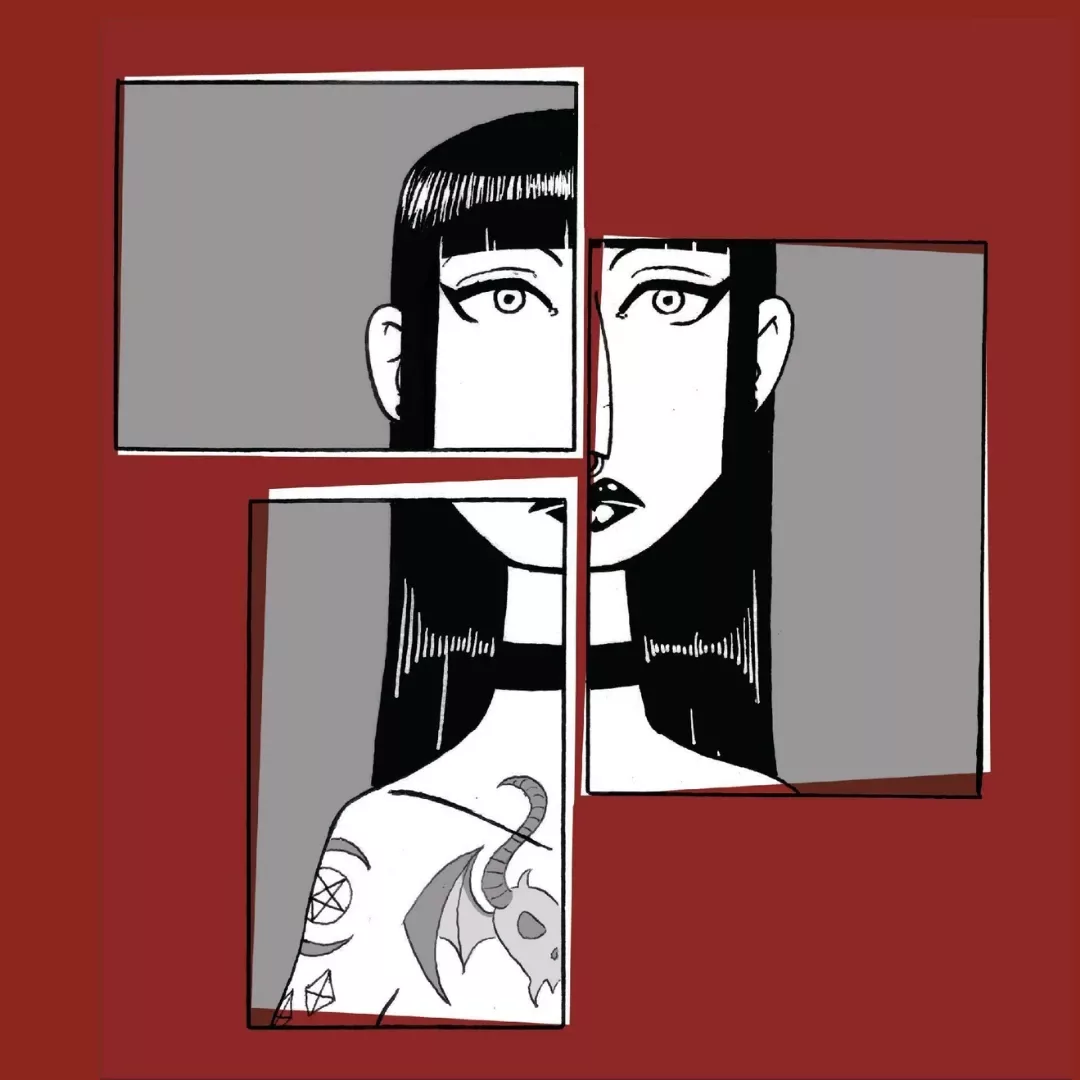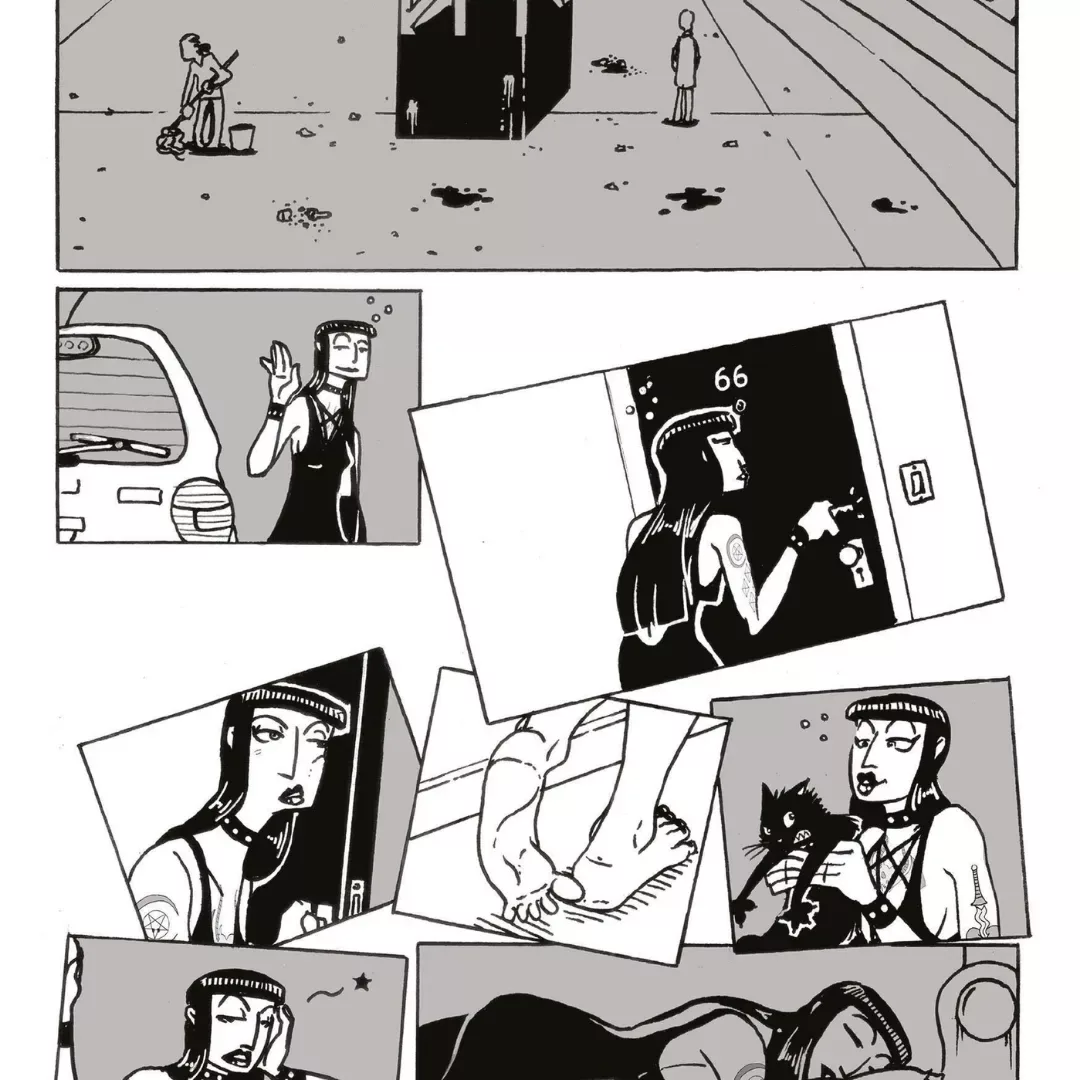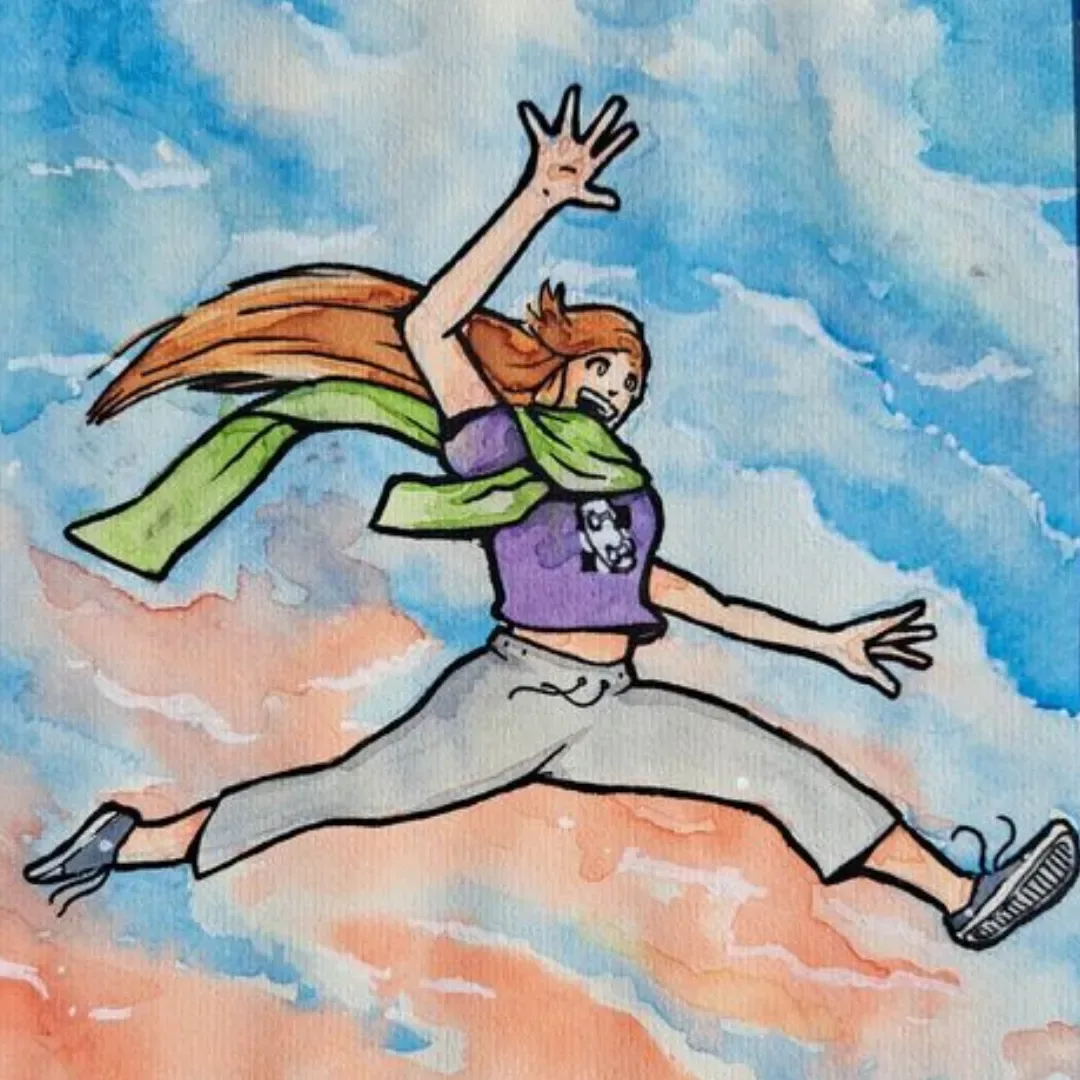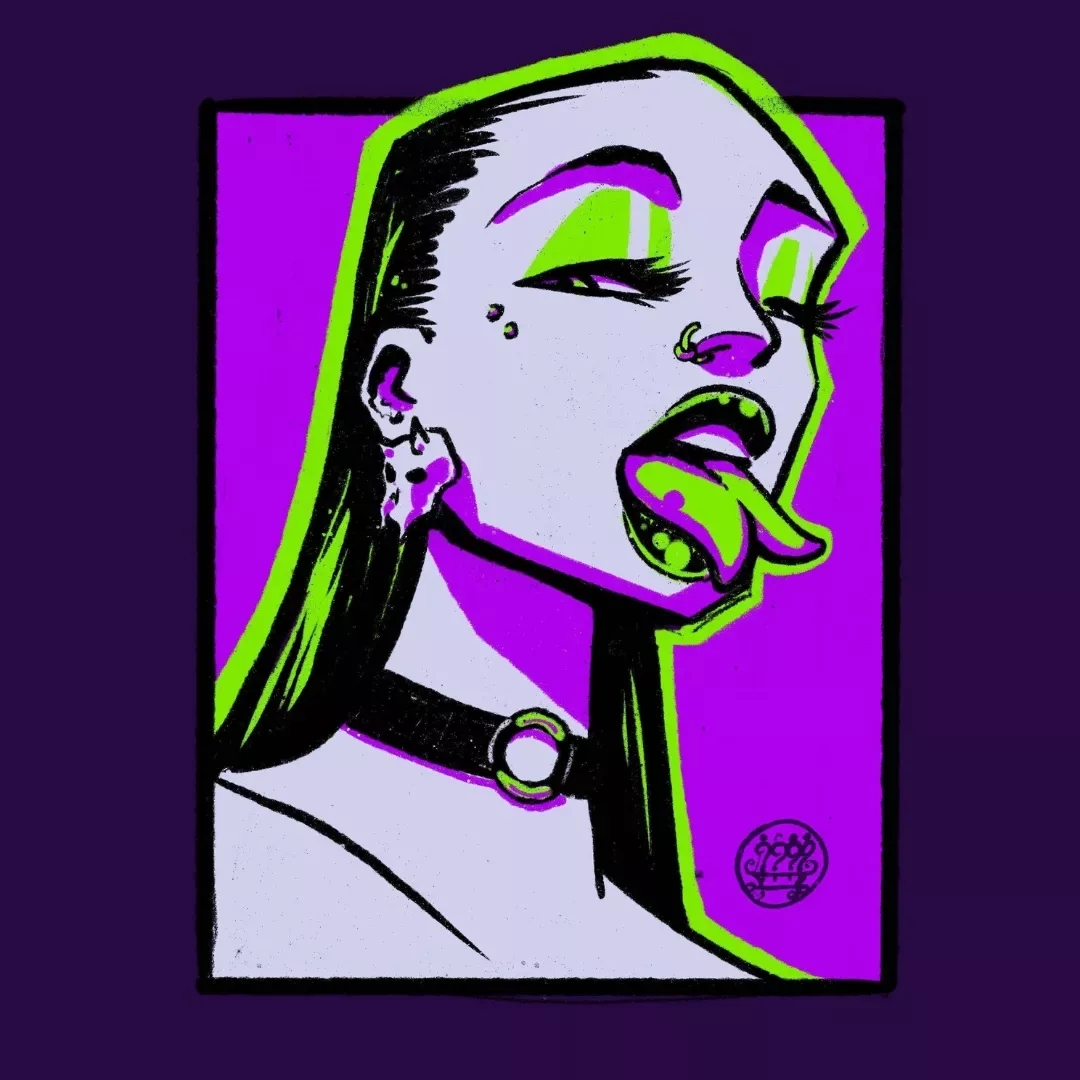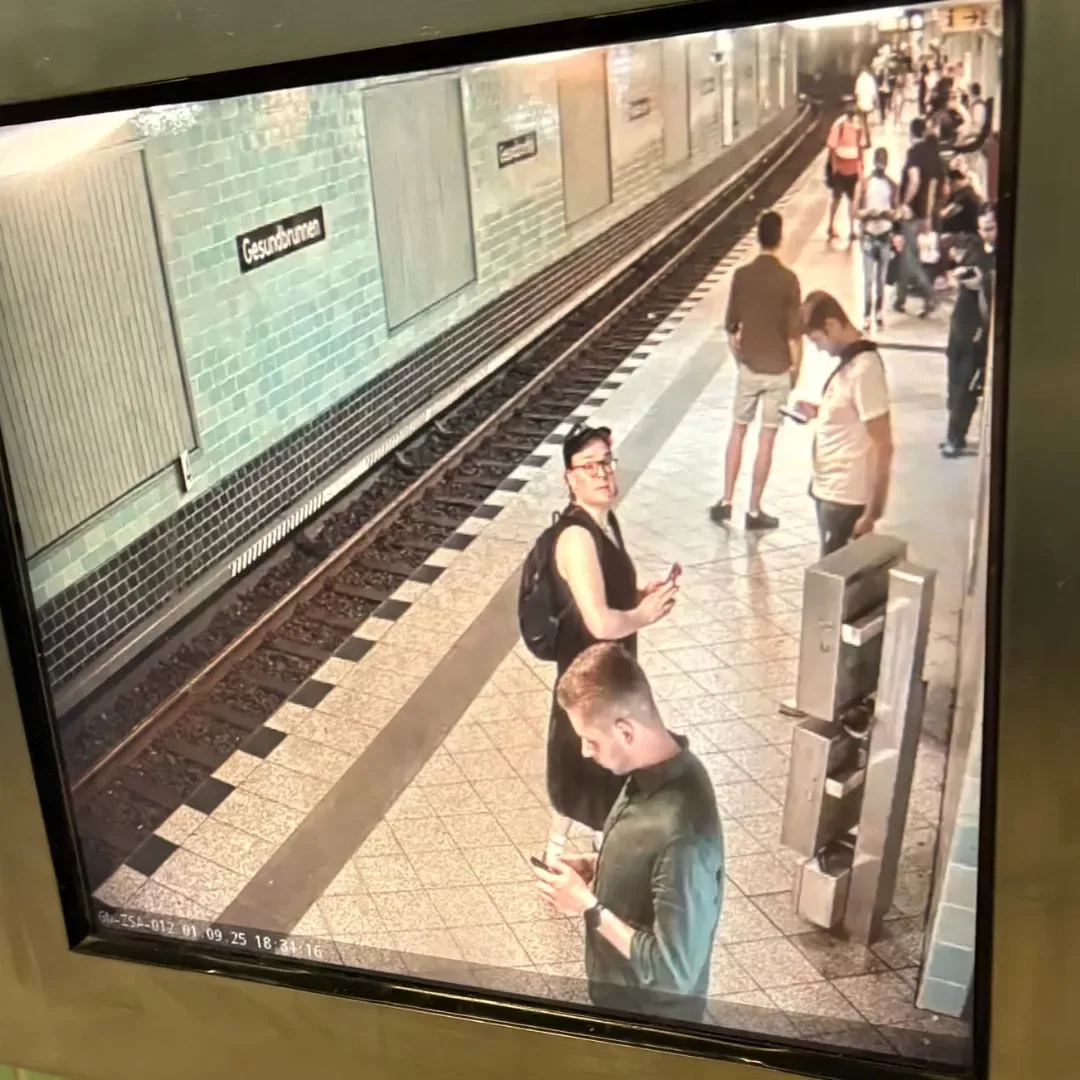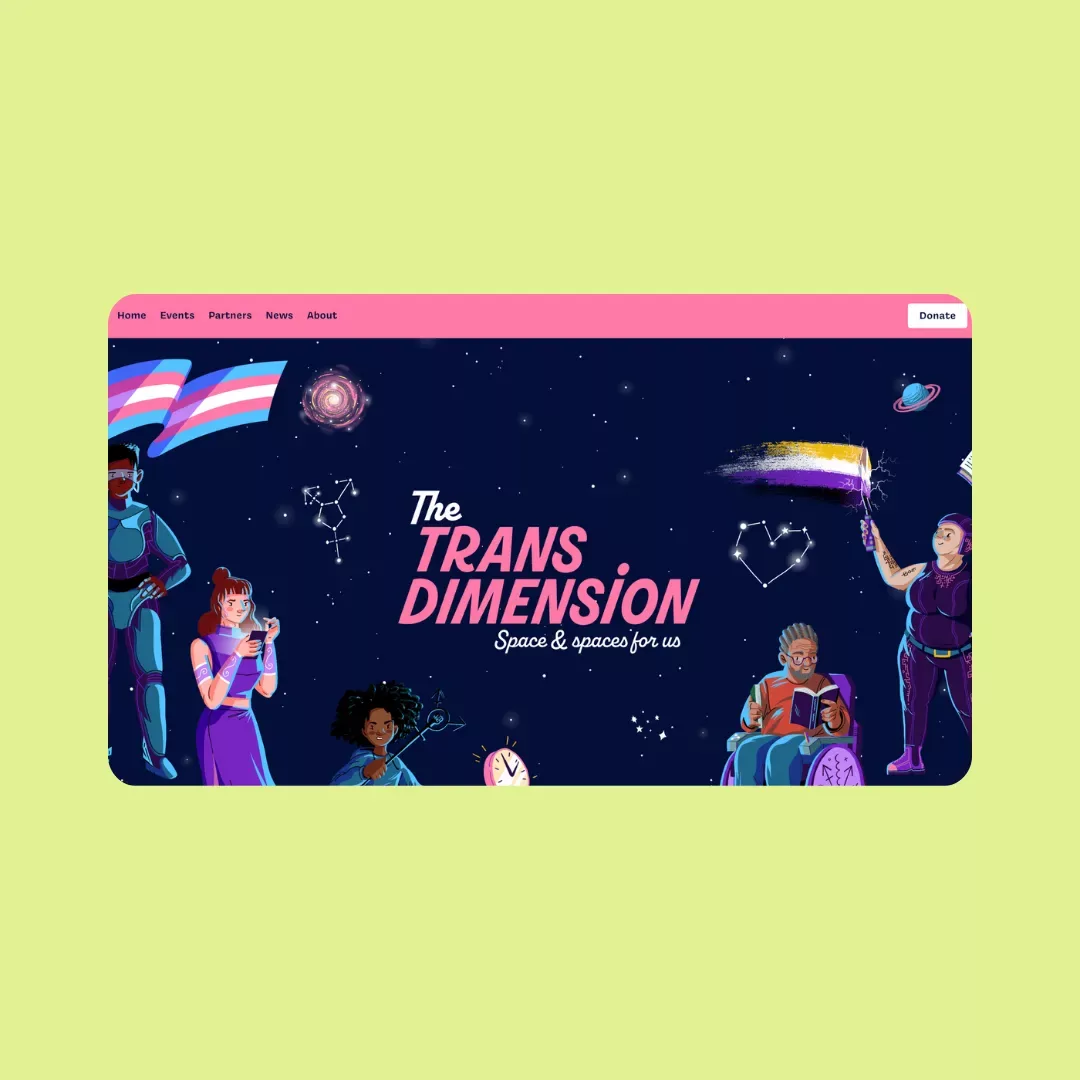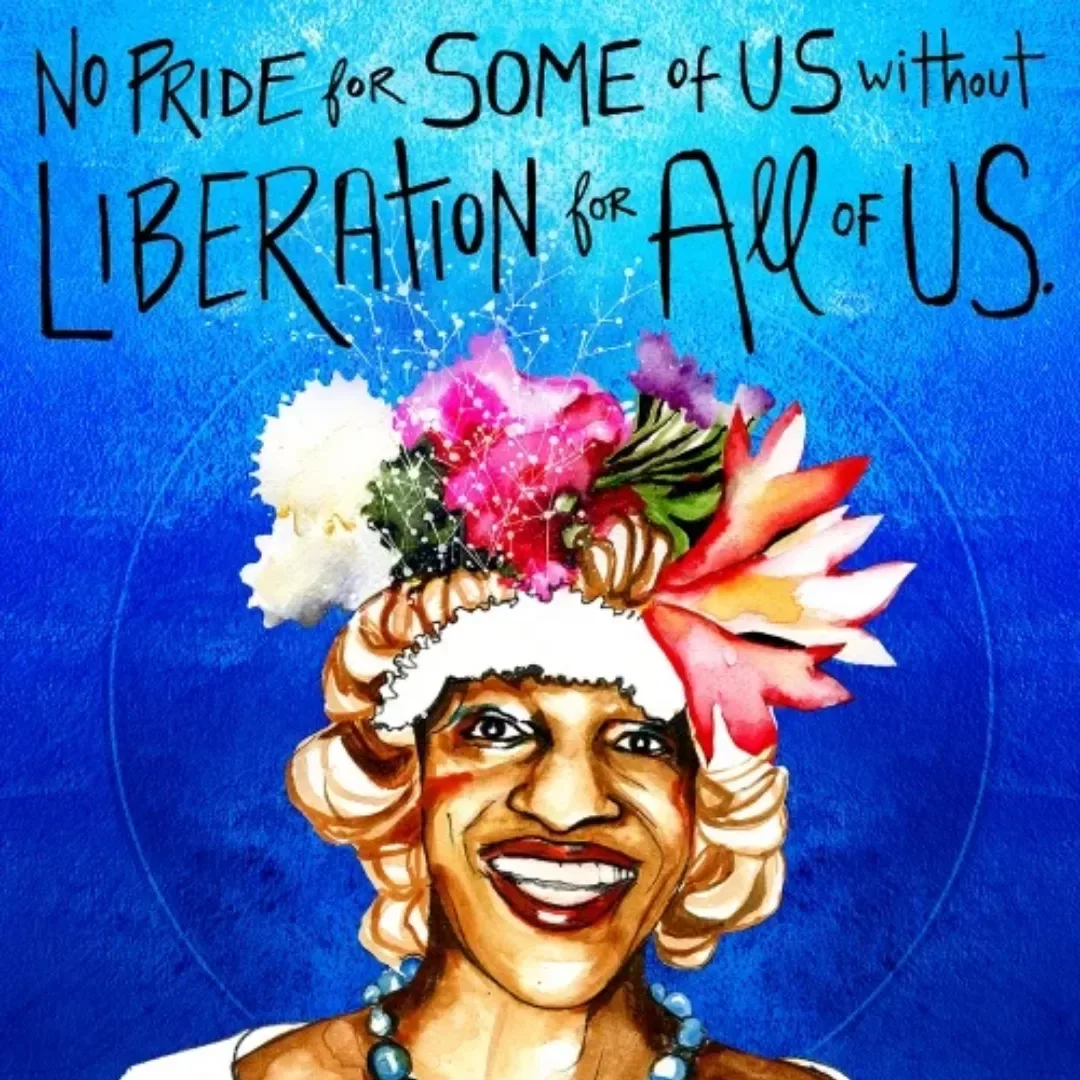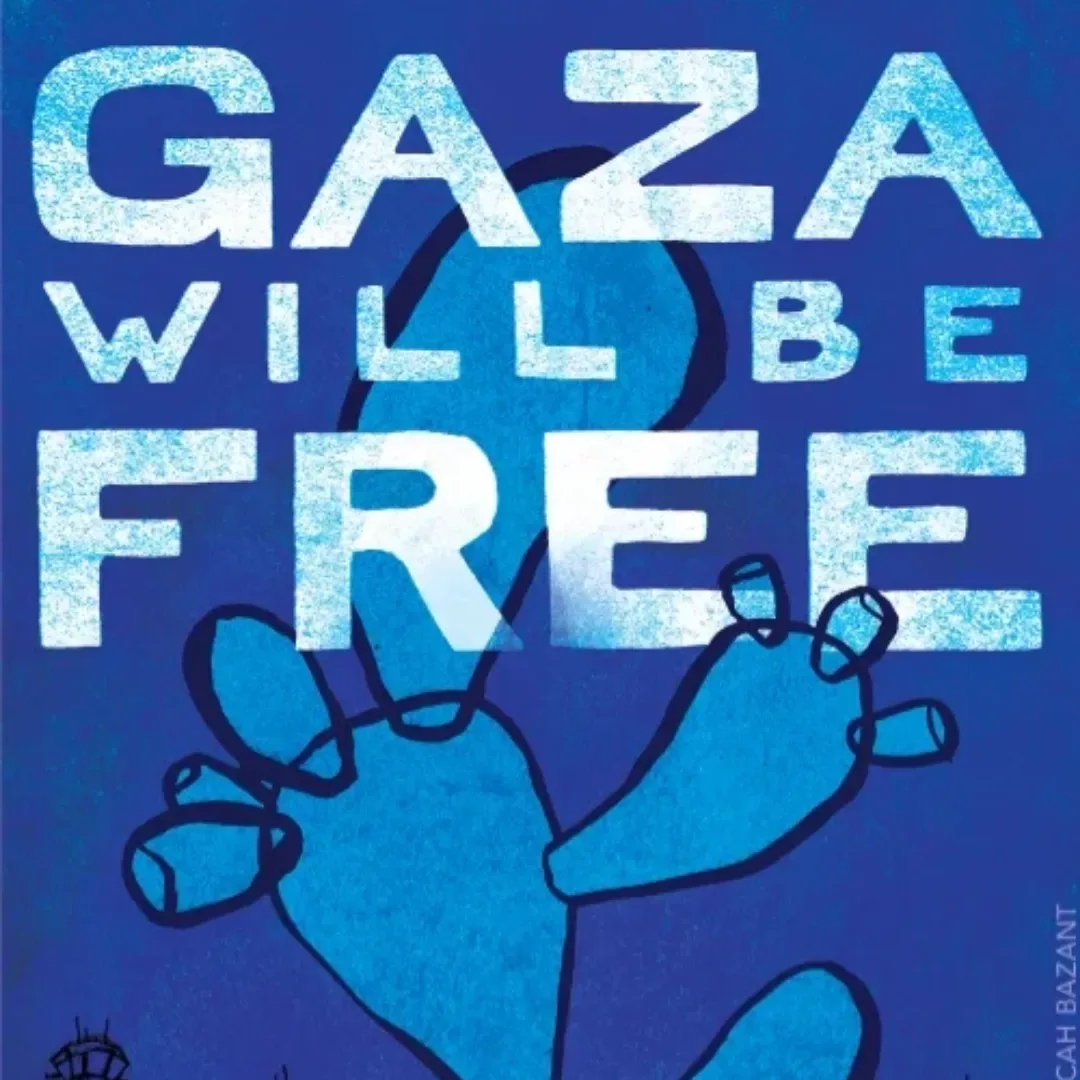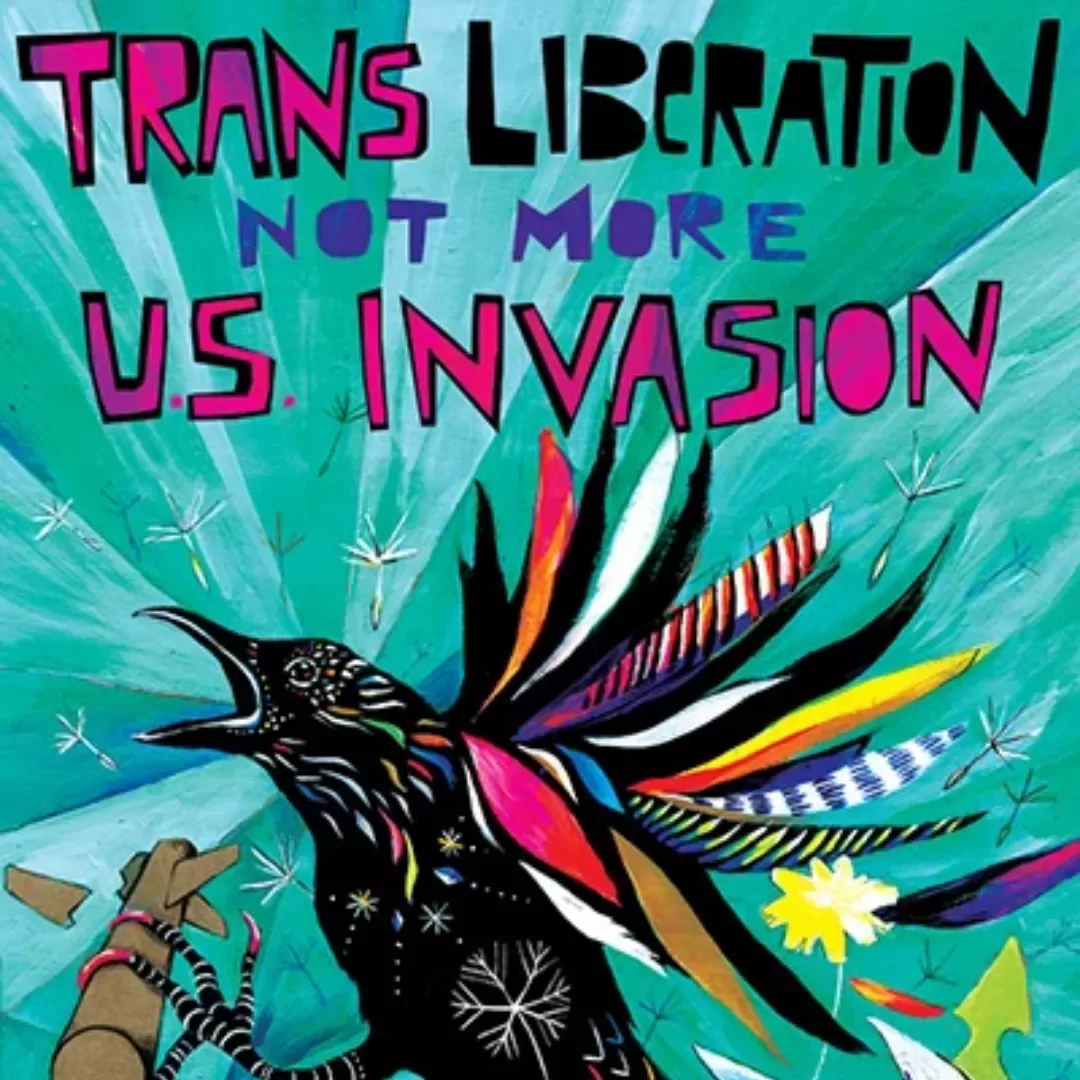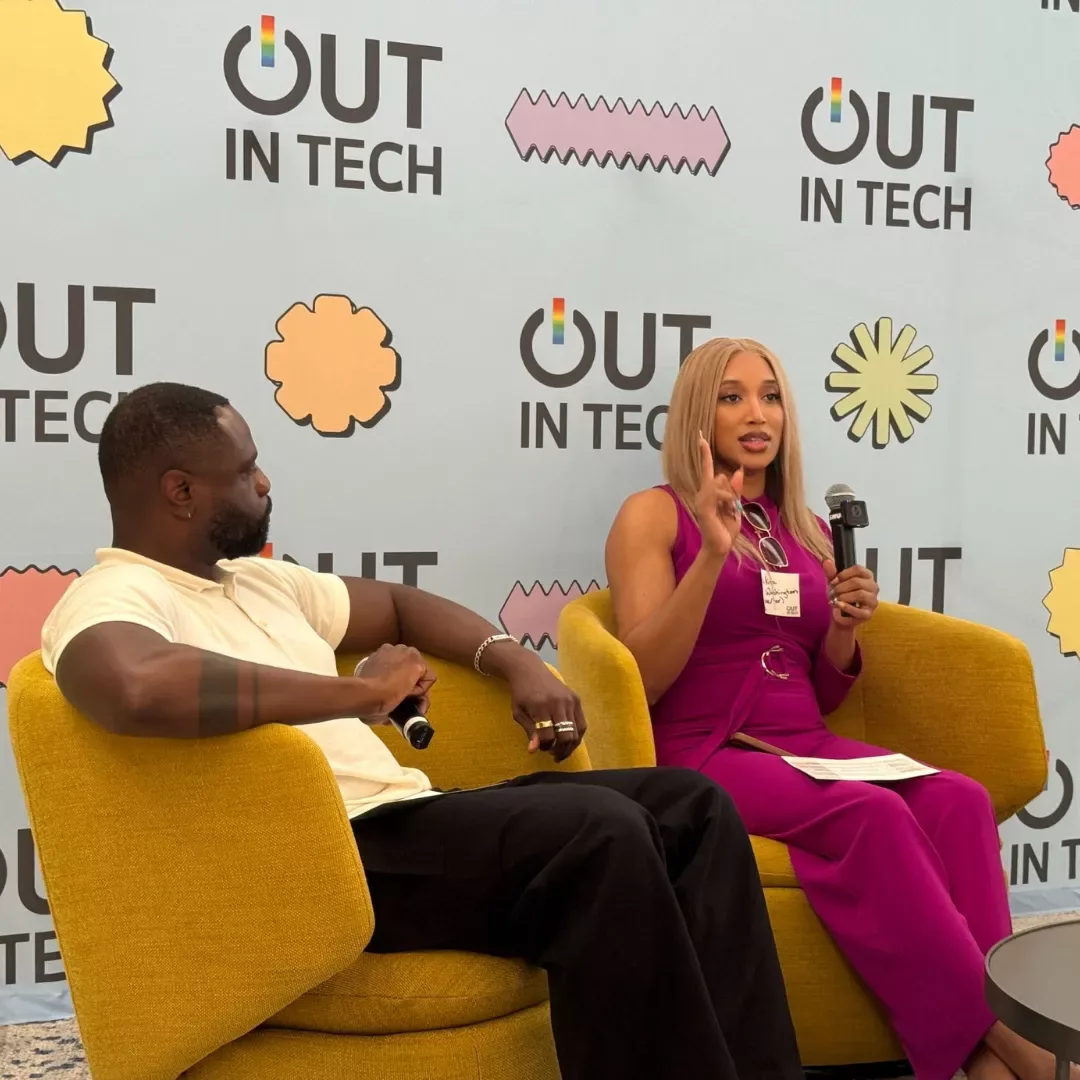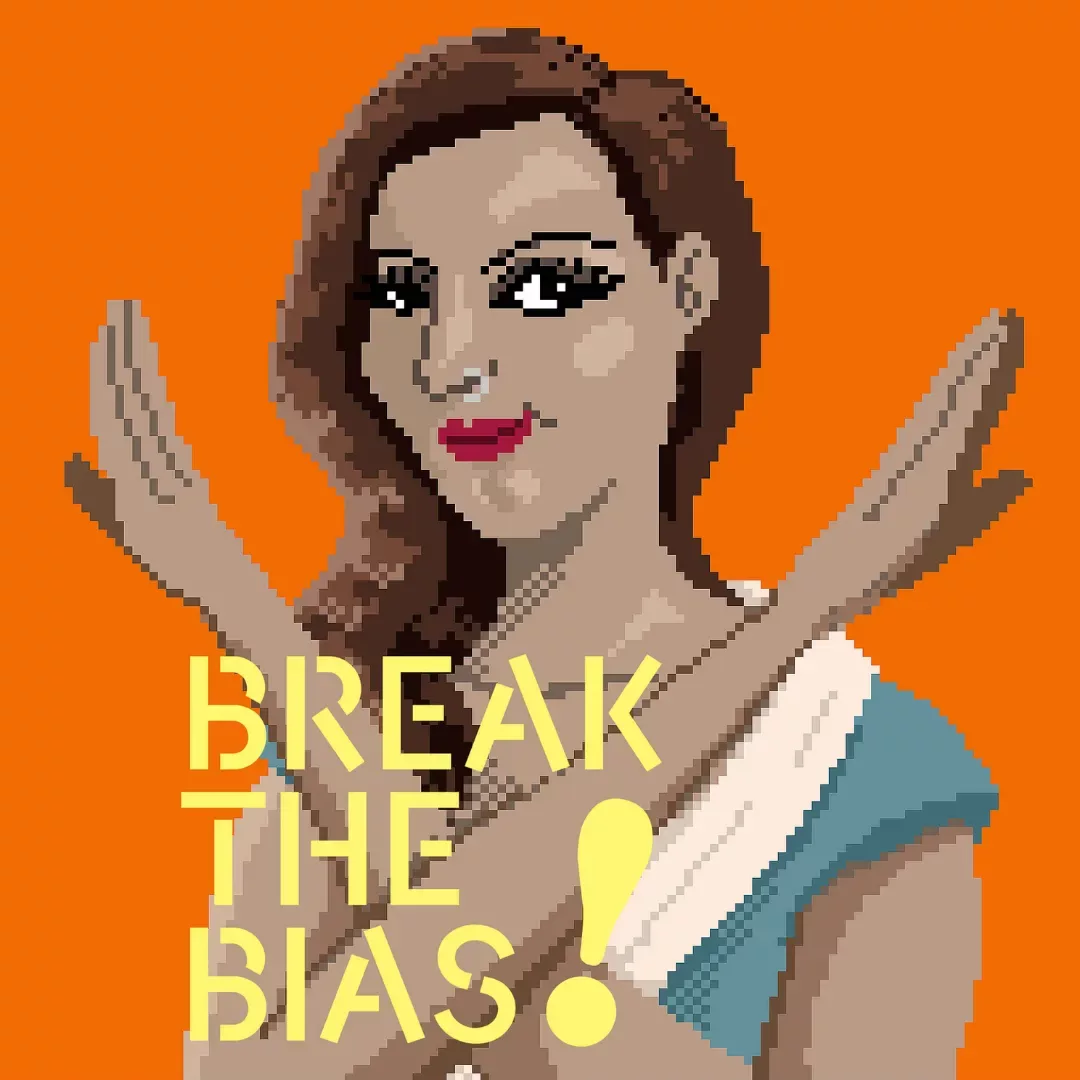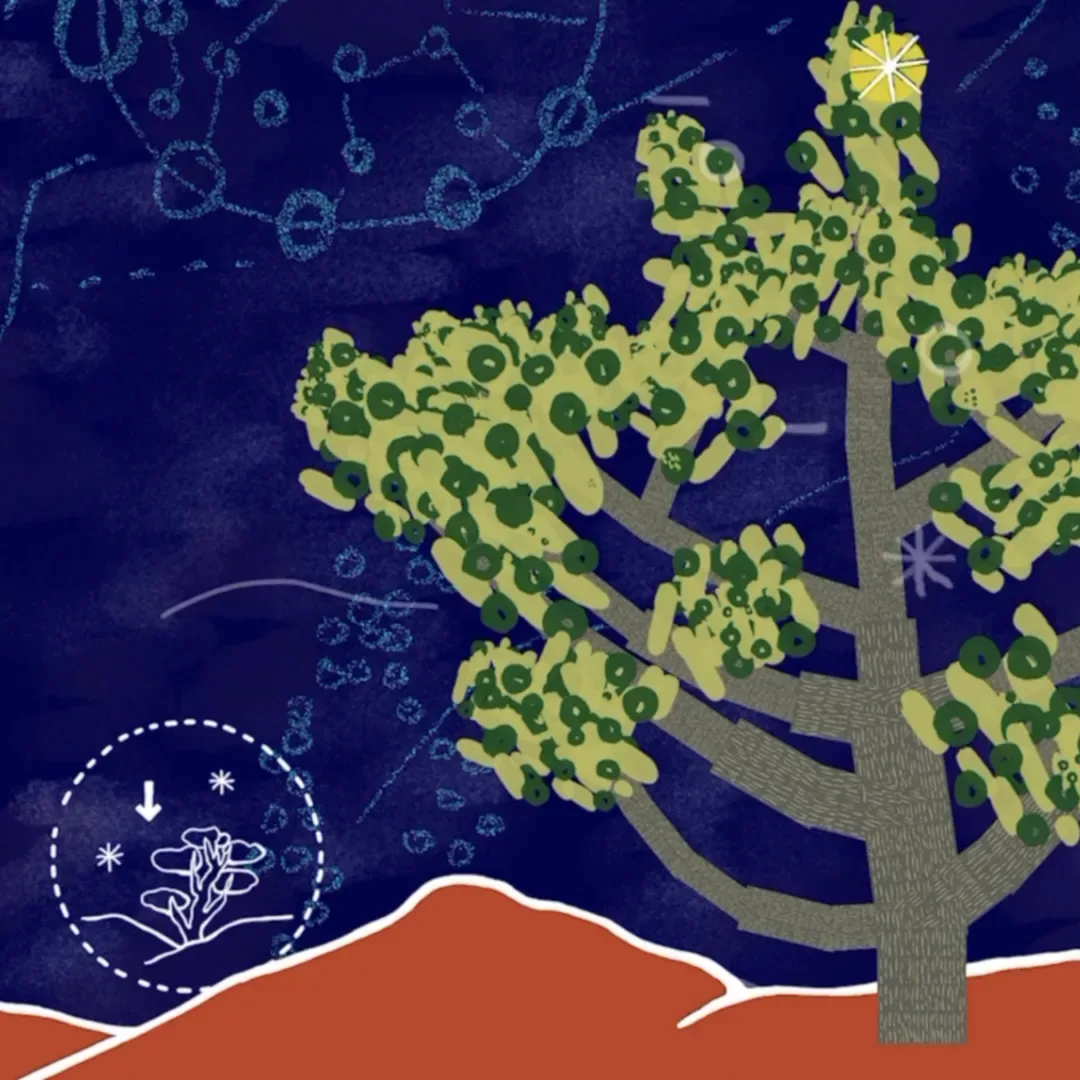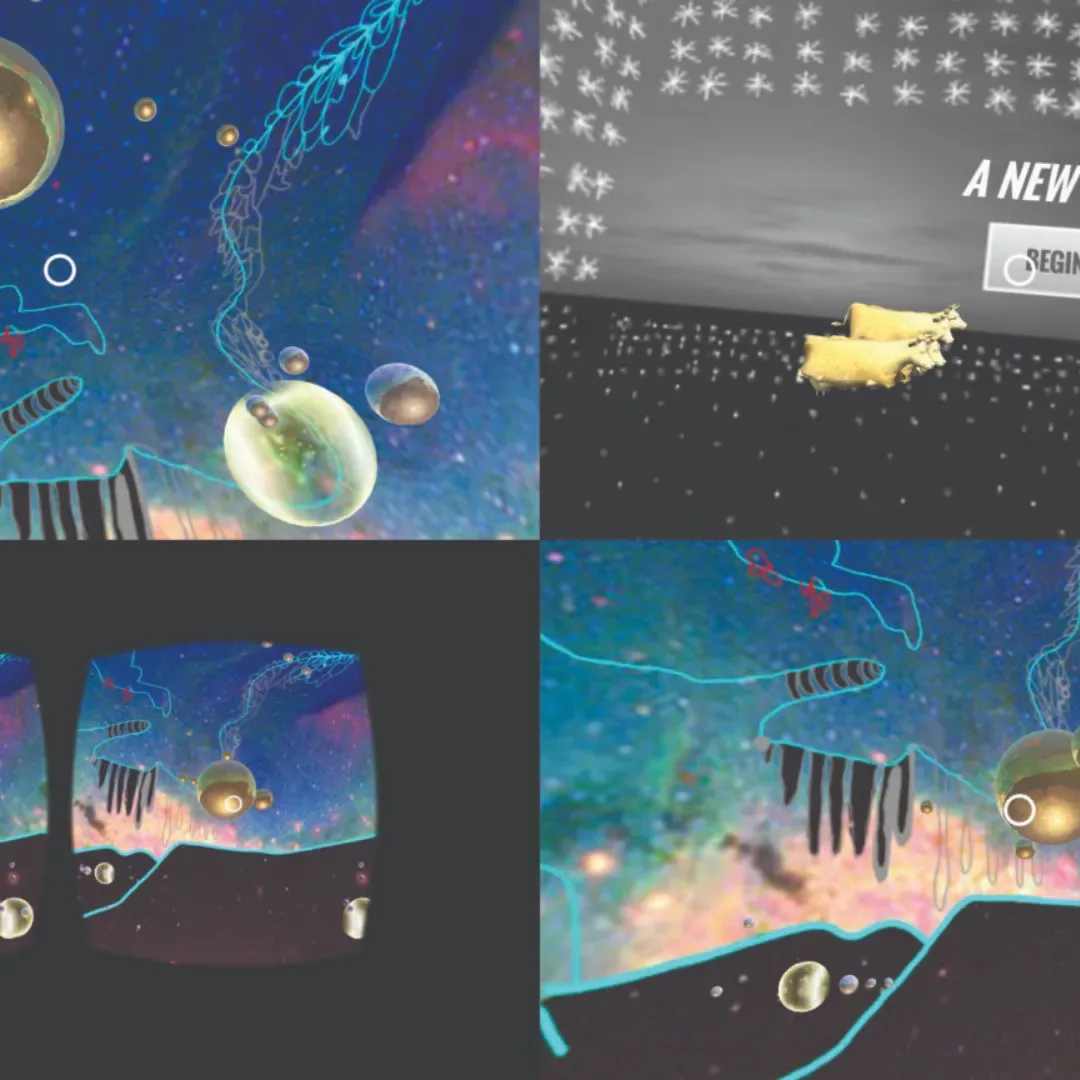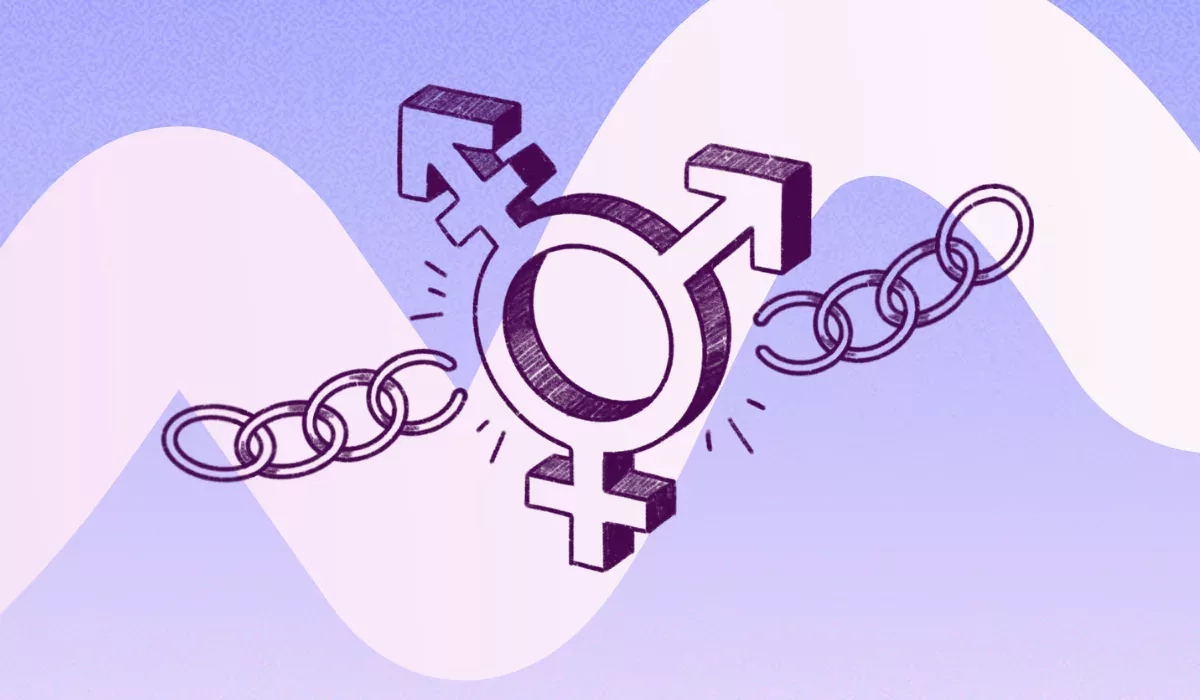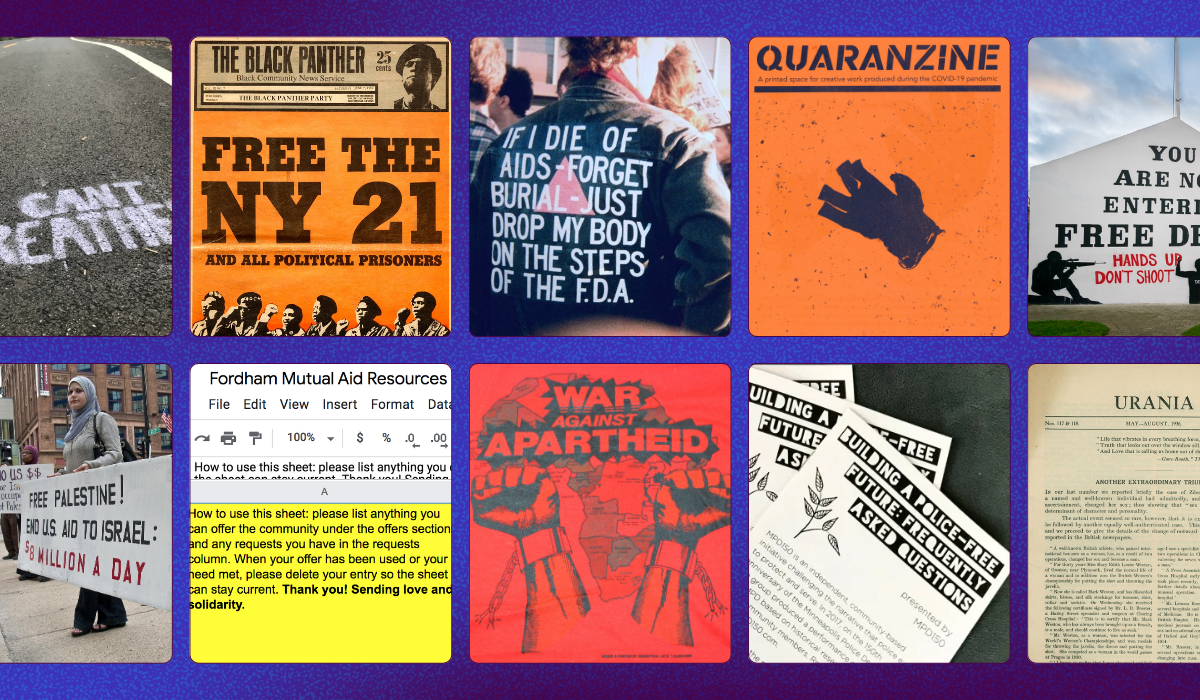
This year has been dark. Yet I have found solace in my practice as a designer and my place in the trans community.
As Trans Awareness Week and Trans Day of Remembrance approached, a question kept circling my mind: Are these two parts of me, designer and trans, not one and the same? What is the relationship between the work of designing and the experience of transitioning?
Shaping the world, shaping the self
I understood myself as a designer before I knew I was trans. As a child and teen, I designed my bedroom walls, artwork, books, e-zines—and, admittedly, a good few Neopets pages and Myspace profiles. Without realising, I was experimenting with transition too: hair, style, internet personas, characters in school plays and video games. I was constantly trying on different versions of myself while immersed in the school’s queer community. But as I got older, expectation pushed me back into a box, conforming me to norms I’d never felt right in.
It wasn’t until years later that I recognised myself as non-binary. At the time, I was working as a designer and studying in a design course, which allowed me to explore transness within my work. Since then, I’ve been redesigning myself, exploring what it means to live beyond the binary.
In that time, I have also designed initiatives for prison abolition, brands to end gender-based violence, campaigns for sexual and reproductive health, identities for Indigenous advocacy, movements for trans health liberation, websites for queer and gender justice, and beyond.
Throughout this experimentation, I’ve begun to notice that the acts of designing and transitioning are inseparable: both are about conceiving something new, iterating, and moving toward what could be, rather than what is.
Design is trans, trans is design
Design is the conceptualisation and creation of something: imagining it, then bringing it into being. Transness is the same—but the canvas is ourselves. Transition is an act of self-construction, asking us to envision who we might be beyond the limits imposed on us, and then to shape a life aligned with that vision.
In 1978, Herbert Simon said: “Everyone designs who devises courses of action aimed at changing existing situations into preferred ones.” The same could be said of transition. Both design and transness set in motion a shift toward a new state of being, transforming not only the object or the self, but the relationship between them. As we change the world around us, we change ourselves; and as we change ourselves, we change the world.
Both practices deconstruct boundaries to imagine what the future could look like. They are about discovering, ideating, experimenting, expressing, iterating, undoing, and reshaping, again and again.
I am not alone in noticing this. Designer, educator, and writer Joey Zeledón captures this concept well in Design is Trans: “At the core, both design and transness are focused on transformation—defined by changing the appearance, composition, structure, or character of something.”
And in 7 Genders, 7 Typographies: Hacking the Binary, Lobregat Balaguer remarks, “The 3rd Istanbul Design Biennial proposes that the ultimate aim of design is a redesign of the species. … [T]he ‘gender hacker’ can be seen as a radical innovator in the ongoing design of the human.”
As designers, we transition. As trans people, we design.
Trans designers reimagining the world
It is no surprise, then, that there are many gender-hacker-designers like me—trans people who endeavour to shape humanity and our world through design. Across disciplines and across the globe, trans designers are transforming spaces, systems, and stories through their work. These are just a few trans designers you can follow—a few of whom I have asked about what they see as the relationship between their design and transness:
Arlo West (they/them) is a trans masc non-binary, neurodivergent, queer graphic designer based in the United Kingdom. They founded a creative design studio, Studio Arlo, focused on inclusivity and creating unconventional design that disrupts the status quo.
Courn (they/them) is a queer, trans, autistic, Korean American multidisciplinary designer and illustrator. Through their studio, they provide accessible design for organisations and businesses led by BIPOC, queer, disabled, and other marginalised communities—particularly those working toward equity and anti-racism—given the heightened barriers they face. They also create educational artwork and resources in support of social justice. Courn’s work challenges the norms of a design industry still shaped by colonialism and white supremacy, instead centring projects that transform in their communities.
Everything. My art is a direct reflection of my experiences as a disabled asian trans person. Quite literally in the fact that I make art on trans liberation and support trans clients through my design studio, but it’s also much deeper than that. My ability to create in these mediums is at its core, my greatest trans joy and something that has never changed as I’ve transitioned myself.
Diane (she/her) is Brazilian-born, Ireland-based graphic designer and illustrator. She has worked in games, comics (her lifelong passion) and more recently settled into graphic design as a way to understand the inner workings of our visual culture, and how we relate to the world around us. Also to make pretty pictures.
I see my work as an extension of myself and the reflection of the phases of life I go through, and as those inner changes happen I’m allowed to enact those on the outside, I find it a beautiful dialogue.
Dr Kim Foale (she/they) is an experienced practitioner and trans woman working/living/surviving/thriving at the intersection of design, technology, community, art, and activism. As founder of Geeks for Social Change—a transfeminist tech studio and online community based in the United Kingdom—they specialise in cutting through the bluster, looking capitalism in the eye, and finding ways to bring people together to build a better, cosier, more joyful future.
The world was not a friendly place for trans people even before the recent rise of the far right, who spearheaded their ascent with highly coordinated attacks on trans women’s right to exist. As a trans woman I think it’s therefore only natural to end up invested in designing the world we want to live in.
Micah Bazant (they/them) is a white, disabled, trans, timtum, anti-zionist jewish designer, visual artist, and cultural organizer based in the United States who works with liberation movements to reimagine the world. They create art inspired by struggles to end white supremacy, patriarchy, ableism, and transphobia. They co-founded the Trans Day of Resilience Art project in 2014 and recently co-created the emerging network Artists for Radical Imagination for graphic artists working in liberation movements.
Nikita Washington (she/her) is a Black woman of trans experience and senior UI/UX designer based in the United States. She serves as a community advisory board member with TransTech Social Enterprises and on the board of QTBIPOC Design. She focuses on fostering an inclusive design community, supporting underrepresented designers, and uplifting the transformative power of human-centred design.
Shika (she/her) is a trans visual and pixel artist and refugee from Malaysia living in the United Kingdom. Her work features trans women’s experiences in Malaysia, LGBTQIA+ rights, environmental concerns, and human rights issues.
Xaytun Ennasr (they/she) is a Palestinian trans woman and multidisciplinary artist and designer. Their work includes videogames, drawings, ceramics, installations, and text centring Palestinian liberation, intersectional resistance movements, and revolutionary cultural production. They often use the vocabulary and aesthetics of science fiction, folklore, and radical softness as devices to depict a world beyond capitalism, colonialism, and patriarchy.
Reframing the narrative
If we can understand design and transness as two sides of the same coin, we can reframe our perspectives. Design is an act of ideation and creation. Transition, too, is an imaginative, generative, and rebellious act in a world that seeks to suppress it. Both are grounded in the same impulse: to envision something better and bring it into being, altering our reality.
Each teaches us how to live in motion, refusing the confines of what has been prescribed to us. Together, design and transition reject binaries, boundaries, and barriers through the continual practice of reinvention and radical innovation.
Every act of transition is design. Every act of design is transition. And both remind me that transformation is a form of resistance in the face of darkness.
